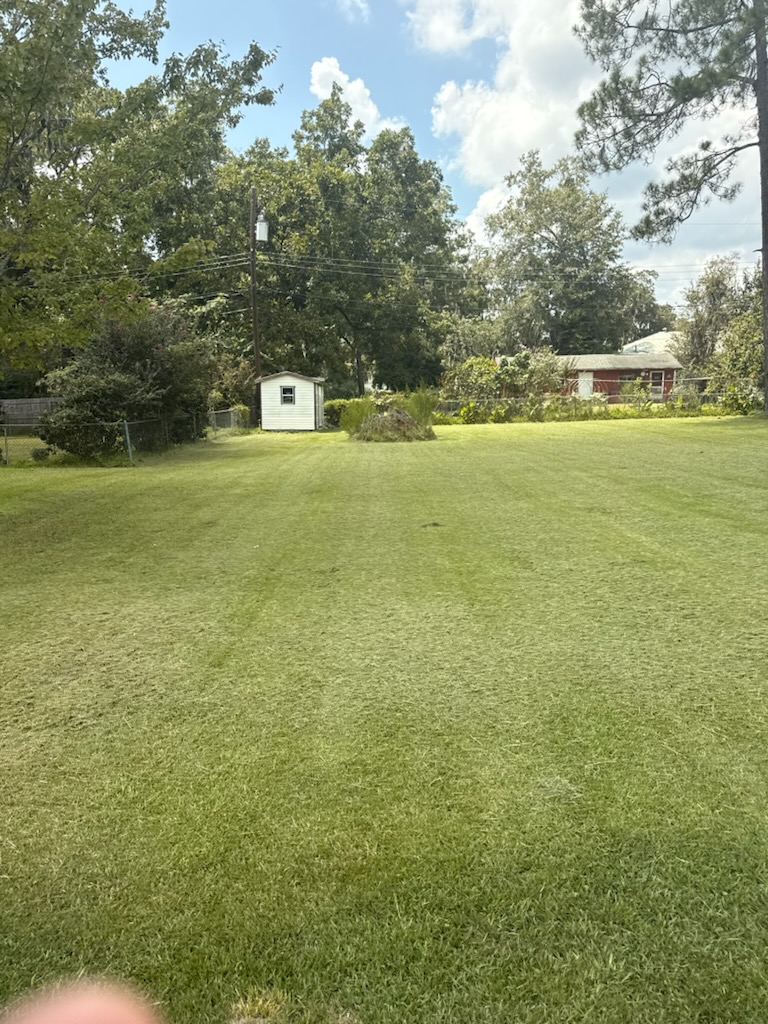
Top Signs It's Time to Remove a Tree from Your Property Sep 01, 2025
One of the primary indicators that a tree may need to be removed is physical damage, which can manifest in various forms. Look for large cracks or deep splits in the trunk, especially if they extend throughout the entire trunk's circumference. These can compromise the tree's structural integrity, increasing the risk of it toppling over. Likewise, broken or hanging branches, particularly after a storm, are a sign of weakness and should be evaluated by a professional.
Another significant sign can be seen in the development of pests or diseases. If you notice unusual leaf discoloration, early leaf drop, or signs of fungal growth like mushrooms at the tree's base, these may indicate that the tree is unhealthy. Over time, diseases weaken trees, making them more prone to falling. Particular pests like bark beetles or wood borers can cause significant damage, often leading to the death of the tree.
Furthermore, consider the tree's position and any obvious signs of leaning. A tree that leans significantly, especially if it's a new development, may have root or structural problems. Professional assessments are necessary to determine if it poses a threat, as trees under stress from leaning are at higher risk of falling. Ensuring safety for your family and property is paramount, and a leaning tree can jeopardize this safety.
It's also essential to observe the environment around the tree, such as the roots. If roots are exposed or damaged, this can indicate an unstable tree. Construction projects or soil compaction can severely impact root systems, often causing trees to weaken or die. While surface roots are normal for some tree species, any rapid developments or exposed roots can signal trouble.
Decay is another clear sign that a tree requires attention. You may notice soft wood, hollow cavities, or dead branches. Regular maintenance checks can help catch decay early, but if these signs are prominent, removal could be the safest option. While some trees can survive for years in a state of decay without causing problems, decay often progresses silently until it reaches a critical point.
Lastly, consider the tree's impact on your property. Sometimes, trees outgrow their space, competing with your home or other structures for sunlight, or obstructing views and pathways. In such cases, strategic removal can open up areas and prevent further infrastructure damage.
In conclusion, while trees are valuable assets to any property, their removal could sometimes be necessary to maintain safety and aesthetic appeal. At Hawkins Tree Service & Land Management, we're experts in assessing tree health and advising the best course of action. If you notice any of these signs on your property, reach out for a professional evaluation to ensure peace of mind and preserve the beauty of your landscape. Remember, timely intervention can often prevent more significant issues down the road.
/filters:no_upscale()/media/21caa8e7-7085-4f47-9545-2b8c2fd6c065.jpeg)
/filters:no_upscale()/filters:format(webp)/media/bbeda6a5-7df2-47ac-bfbd-15d0d92e3bca.jpeg)